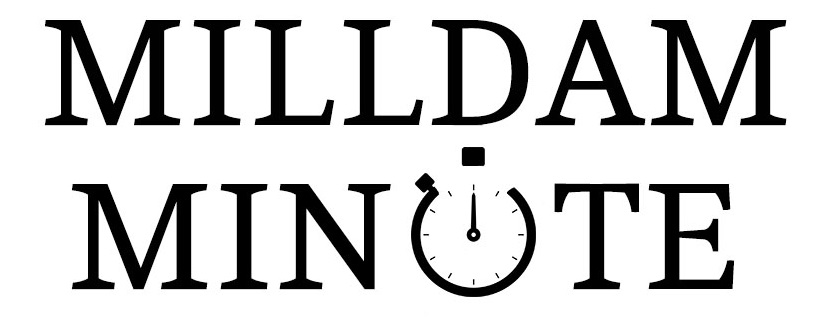It’s a concept most are familiar with when a business issues a statement in response to some bad news: “They’re just saying that to improve their PR.” The public is largely skeptical when companies implement crisis communication plans and look for damage control. Perhaps this skepticism is reaching its zenith now that terms like “alternative facts” and “false news” are being bandied about the media. As a result, whether mitigating negative publicity or simply broadcasting their offerings, companies seeking credibility have their work cut out for them.
A struggle throughout agencies in the PR industry is where to draw the line between fact and fiction in a company’s messaging. Ethically, PR firms have a duty to work hard and promote the ideas and positions as directed by their clients. Simultaneously, firms also have a duty to the public to not broadcast falsehoods, lies, and dubious claims. Both for the benefit of the client and safety of the PR firm, sometimes it’s necessary to push back and explain why parts of a company’s message shouldn’t be promoted. You should be able to find common ground in the company narrative that doesn’t compromise your ethics.
As a byproduct of this age of cynicism, truth has become a valuable commodity in marketing and public relations. When they believe that they are being treated fairly, it’s no secret that consumers respond with increased loyalty to that brand. How well a company responds to a crisis and how truthful they are with the public can make the difference on whether they are still in business by the start of the next quarter. Of course, the largest challenge when trying to accomplish this is to convince your target audience that you really are being genuine. That’s where a solid PR plan and advanced crisis communication planning can help.
The differences in how trustworthy the public finds you can be staggering. For example, last fall, it was revealed that Wells Fargo was being fined $185 million for opening about two million deposit and credit card accounts on behalf of customers without their knowledge or approval. At the crux of the crisis, the financial institution’s CEO, John Stumpf, could have begun to mitigate the damage by accepting blame, apologizing to the public, and putting plans in motion to correct the abhorrent business practice. Instead, he placed the blame on the more than 5,000 employees who opened the accounts, allowed the head of the business unit that oversaw the illegal activity to leave the bank with a $125 million compensation package, and deflected blame from senior bank management (as if more than 5,000 employees were somehow able to commit that expansive level of fraud without going noticed by their superiors). When Stumpf eventually apologized, it was on camera before the Senate Banking Committee, which didn’t go far to gain sympathy from the public. By handling the crisis in a suspect manner, Wells Fargo is now trying to rebuild their image and trustworthiness amongst consumers (albeit with a new CEO). It could have gone much differently.
The value of truth in your PR efforts cannot be understated. Both in handling crises and in implementing campaigns with a clear message, being honest and as open as feasible with your target audience helps to generate support in both the short and long-term. At a time when the majority of corporate communications are looked at with a level of skepticism, messages that are grounded in truth will stand out from the rest.
 Brendon Stellman authors the column “Pure BS” and is Vice President, Director of Client Relations for Milldam Public Relations.
Brendon Stellman authors the column “Pure BS” and is Vice President, Director of Client Relations for Milldam Public Relations.



